Apple's iPhone 14 is aimed at about the same market that the iPhone SE targets. Here's how it compares to the third-generation iPhone SE.
The iPhone 14 represents Apple's latest midrange offering, following in the footsteps of the iPhone 12 and iPhone 13. The most notable change here is that the iPhone 14 is now Apple's smallest model in its standard lineup since the company doped the 5.4-inch mini in favor of a larger version, the iPhone 14 Plus.
Other than that, the iPhone 14 retains many of the same features and capabilities as its direct iPhone 13 predecessor. With that in mind, here's how it stacks up versus the third-generation iPhone SE, which Apple released earlier in 2022.
Specifications
| Â | iPhone 14 | iPhone SE (Third Generation) |
|---|---|---|
| Price (starting) | $799 | $429 |
| Dimensions (inches) | 5.78 x 2.82 x 0.31 | 5.45 x 2.65 x 0.29 |
| Weight (ounces) | 7.19 | 5.09 |
| Processor | A15 Bionic | A15 Bionic |
| Storage | 128GB, 256GB, 512GB | 64GB, 128GB, 256GB |
| Display type | 6.1-inch Super Retina XDR OLED | 4.7-inch Retina HD LCD |
| Resolution | 2,532 x 1,170 | 1,334 x 750 at 326 ppi |
| True Tone | Yes | Yes |
| Biometrics | Face ID | Touch ID |
| Connectivity | 5G (mmWave & sub-6GHz) Gigabit LTE Bluetooth 5.3 Wi-Fi 6 | 5G (sub-6GHz) LTE Advanced Bluetooth 5.0 Wi-Fi 6 |
| Rear Camera | 12MP Wide camera 12MP Ultra Wide camera | 12MP Wide camera |
| Video | 4K up to 60fps, 1080p HD up to 60fps HDR video up to 4K at 60fps | 4k up to 60fps, 1080p HD up to 60fps |
| Front Camera | 12MP TrueDepth | 7MP FaceTime HD |
| Battery Size (Video playback time) | Up to 20 hours | Up to 15 hours |
| Wireless Charging | Qi MagSafe | Qi |
| Colors | Green, Pink, Blue, Midnight, Starlight (Product)Red | Midnight, Starlight, (Product)Red |
iPhone 14 versus 2022 iPhone SE - Physical Dimensions
Apple's new iPhone 14 model shares the same design as its iPhone 13 predecessor, which includes a notch, an edge-to-edge display, and no Home button.
On the other hand, the third-generation iPhone SE retains an iPhone 8-style design with a Home button and fairly prominent bezels. However, it's a familiar form factor for users of Apple's older devices or those that have remained on iPhone SE models.
Apple's iPhone 14 measures 5.78 x 2.82 x 0.31 inches and weighs 6.14 ounces. The third-gen iPhone SE measures 5.45 x 2.65 x 0.29 inches and weighs 5.09 ounces.
In other words, you should expect the iPhone 14 to be a larger and bulkier device. It's not as dramatic of a difference as comparing any smaller iPhone model with the 6.7-inch iPhone 14 Pro Max.
Additionally, with the mini model gone from the flagship range, the iPhone SE is now technically the smallest device in Apple's current lineup. That is if you ignore Apple's continued sale of the iPhone 13 range for the moment.
iPhone 14 versus 2022 iPhone SE - Display
As with comparisons of the iPhone SE and previous Apple midrange devices, the biggest discernible difference is the display.
The iPhone SE has a 4.7-inch screen, which may get cramped for some users. Apple's iPhone 14, on the other hand, has a 6.1-inch display.
The difference in screen size isn't just to do with overall dimensions. The iPhone 14 has an edge-to-edge display that does away with the Home button, which occupies a lot of space in the iPhone SE's chin area.
Between the two devices, display technology varies too. The iPhone 14 has an OLED-based Super Retina XDR display, while the iPhone SE retains an LCD-based Retina HD display.
OLED displays are generally considered the current generation for most flagship smartphones, while LCD is an older technology.
The iPhone SE has a resolution of 1334 x 750 at 326 pixels-per-inch, while the iPhone 14 has a resolution of 2,778 x 1,128 at 458 ppi. In other words, expect a better-quality viewing experience on the iPhone 14, regardless of the size difference.
There's also a big difference in contrast ratio and brightness. The iPhone 14 has a 2,000,000:1 contrast ratio, while the iPhone SE has a 1400:1 contrast ratio. The iPhone 14 display has 800 nits of max typical brightness and 1,200 nits at peak for HDR, compared to the iPhone SE's 625 nits.
iPhone 14 versus 2022 iPhone SE - Processor
The iPhone 14 marks a significant shift in strategy for Apple's midrange devices since it still packs an A15 Bionic under the hood instead of Apple's latest A16 Bionic chipset.
Because of that, performance on the iPhone SE and iPhone 14 should be roughly the same — at least in theory.
In 2021, the iPhone 13 and iPhone SE had similar benchmark results when they were both subjected to the same Geekbench 5 testing. Although the iPhone 14 is the latest model, don't expect too much difference from a performance perspective.
There is one wrinkle which doesn't make it a rerun of the iPhone 13. For the iPhone 14, Apple uses a five-core GPU instead of a four-core version, namely what was used in the iPhone 13 Pro, which should help improve the graphical capabilities of the new flagship.
The 2022 iPhone SE pulled a 1744 and a 4315 on the Geekbench 5 single and multi-core tests, respectively. In lieu of iPhone 14 benchmarks at the time of publication, the iPhone 13 Pro had a single-core score of 1,707 and a multi-core score of 4,659.
Those results are still within the margin of error for Geekbench 5 testing and are close enough to show that there's not going to be much of a difference in general processing.
iPhone 14 versus 2022 iPhone SE - Cameras
The cameras are another significant difference between the iPhone SE and iPhone 14.
Apple's iPhone 14 cameras have not changed much since the last model. The updated iPhone still has a pair of 12-megapixel cameras in a dual-lens setup, packing in a wide and ultra-wide lens.
The big physical change is the use of slightly larger lenses and sensors, using larger 1.9-micron pixels. Apple claims a 49% improvement in low-light performance compared to the iPhone 13.
The iPhone SE has an even older camera setup. It sports a single 12MP Wide camera lens, so your photo-shooting capabilities will be more limited.
The differences are apparent on the front-facing selfie camera too. The iPhone SE has a 7MP camera, while the iPhone 14 has a 12MP camera that also supports TrueDepth for Face ID.
Compared to the iPhone SE, the iPhone 14 has several modern camera features, including Night Mode support, 2x optical zoom, Cinematic Mode, and sensor-shift optical image stabilization.
The 2022 iPhone SE has improved image quality compared to past iPhone SE, thanks to its A15 Bionic chipset. However, it's still not packing the same photographic punch as Apple's devices with more current designs.
Thanks to its A15 Bionic, the iPhone SE does support Portrait Mode, Photographic Styles, and Deep Fusion, but it's not benefiting from the computational photography changes that Apple refers to as the Photonic Engine.
The iPhone 14 also allows users to record videos in 4K HDR, while the iPhone SE doesn't.
iPhone 14 versus 2022 iPhone SE - Connectivity
The iPhone 14 and iPhone SE are fairly evenly stacked regarding connectivity.
Both devices feature 5G support and Wi-Fi 6 with MIMO, with the 14 edging ahead with Bluetooth 5.3 support to the SE's Bluetooth 5.0. They also sport NFC chips with reader mode and a Lightning port for wired connections.
However, the iPhone SE lacks faster mmWave 5G support and only supports sub-6GHz 5G. Additionally, the iPhone SE has LTE Advanced, while the iPhone 14 has Gigabit LTE. Apple's iPhone 14 has an Ultra Wideband chip, while the iPhone SE doesn't, so features like Find My's directional finding of items only works on the non-SE device.
The iPhone 14 supports Apple's new satellite communications model, since they both have the same mid-range 5G band access. The feature allows for an emergency message to be sent out via satellite to be sent out when the user is in an area with no phone signal, allowing for support to be summoned.
The iPhone SE does have Emergency SOS, but not via satellite.
iPhone 14 versus 2022 iPhone SE - Battery life and charging
Apple's 2022 iPhone SE supports Qi wireless charging, while the iPhone 14 supports both Qi wireless charging and Apple's MagSafe charging standard. That means you will get faster charging when using MagSafe.
There's also fast charging via Lightning, with both models reaching 50% charge in 30 minutes when connected to a 20W adapter.
On battery life, the iPhone SE manages up to 15 hours of local video playback, up to 10 hours of streaming video, and up to 50 hours of audio playback.
The iPhone 14 does a lot better, at 20 hours of local video playback, 16 hours of streaming video, and up to 80 hours of audio.
In either case, you're looking at a long period of usability that will survive the average day.
iPhone 14 versus 2022 iPhone SE - Other Features
Regarding durability, the iPhone 14 is rated IP68 for water- and dust resistance and has Ceramic Shield glass, while the iPhone SE has an IP67 designation and no Ceramic Shield.
The iPhone 14 has a TrueDepth camera, which allows it to authenticate users via Face ID. The iPhone SE retains a Home button with a fingerprint sensor built in, and uses Touch ID for biometrics.
Apple changed the iPhone 14 in North America so it has dual eSIM support without physical SIMs, but the SIM tray is still usable in models shipped to other territories. The iPhone SE continues to support dual SIMs as a nano-SIM and eSIM or dual eSIMs.
The iPhone 14 also has Crash Detection, a feature where the iPhone attempts to call for help if it determines it was involved in a car accident. This is not available on the iPhone SE.
iPhone 14 versus 2022 iPhone SE - Pricing, Colors, & Storage
The iPhone 14 is available in a much wider range of colors, with Green, Pink, Blue, Midnight, Starlight, and (Product)Red variants available. The iPhone SE is only available in three colors: Midnight, Starlight, and (Product)Red.
Apple's iPhone 14 is available in 128GB, 256GB, and 512GB storage capacities, priced at $799, $899, and $1,099 respectively.
The third-generation iPhone SE is available in 64GB, 128GB, and 256GB storage variants. At its cheapest, the iPhone SE is $429, with the 128GB version costing $479, and $579 for the 256GB top-capacity model.
iPhone 14 versus 2022 iPhone SE - Which Should You Buy?
Comparing the iPhone 14 to the iPhone SE doesn't feel like a fair fight in many instances since the entry-level iPhone SE is lacking many modern Apple handset features.
However, its $429 price tag could make it an attractive device for those who don't need the latest smartphone. Despite its aging form factor and single-camera setup, the iPhone SE can still keep up thanks to its A15 Bionic chipset.
There's a $370 price difference, which has to account for a larger edge-to-edge display that's also brighter and generally better, facial recognition, a more advanced dual camera setup, MagSafe, and slightly better specifications in other areas.
This doesn't seem like a great deal for users wanting a small smartphone, and the iPhone SE will win the attention of those consumers most of the time.
However, a third way must be considered: You can still get the iPhone 13 mini.
The screen is better than the iPhone SE's, if not as big as the iPhone 13 or iPhone 14's version. The internal specifications are still fine, with the A15 being the same as the SE's version, but it also has the dual camera system that gets you most of the way to the iPhone 14's variant.
At $599, it provides these bonuses over the iPhone SE for $170 more, making it much more approachable than the iPhone 14 for those aiming for a compact smartphone experience.
Where to buy the iPhone 14 and iPhone SE
Wireless carriers offer incentives on most iPhone models. You can check out the latest iPhone deals at:
 Malcolm Owen
Malcolm Owen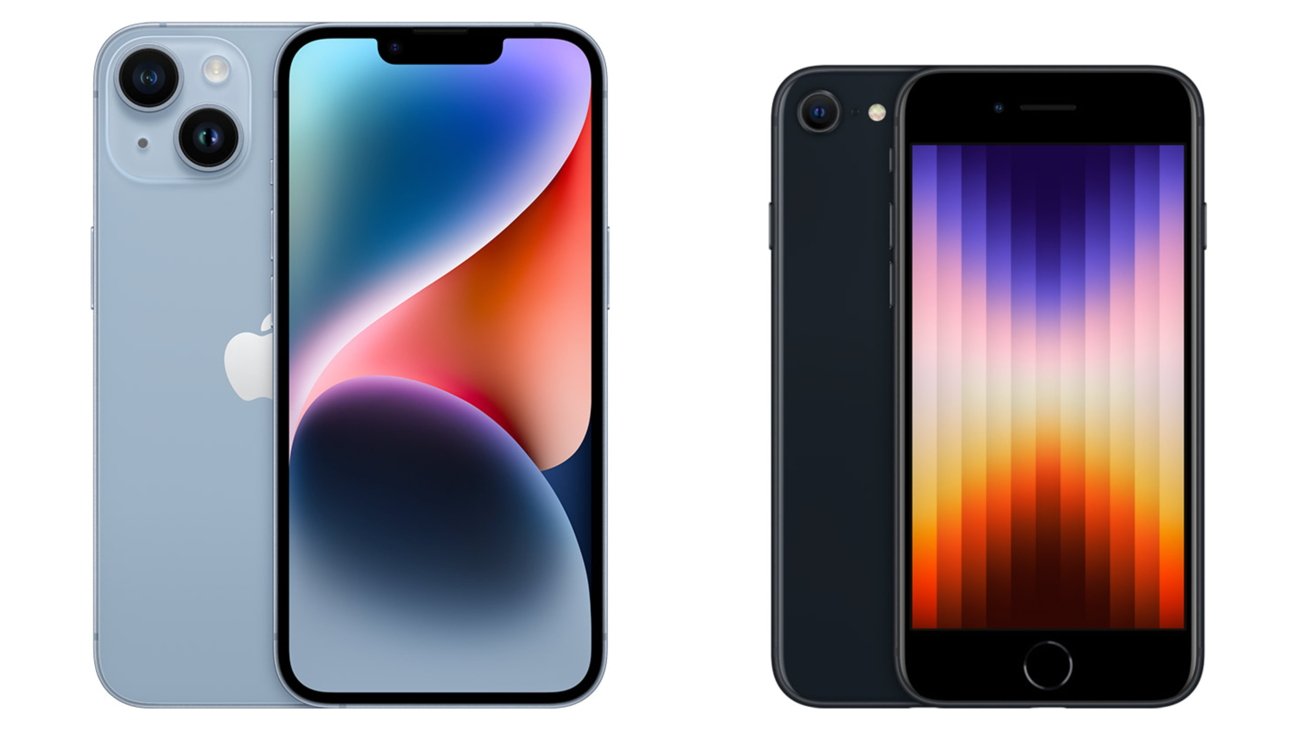
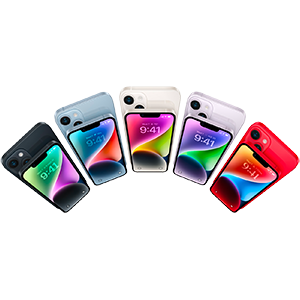
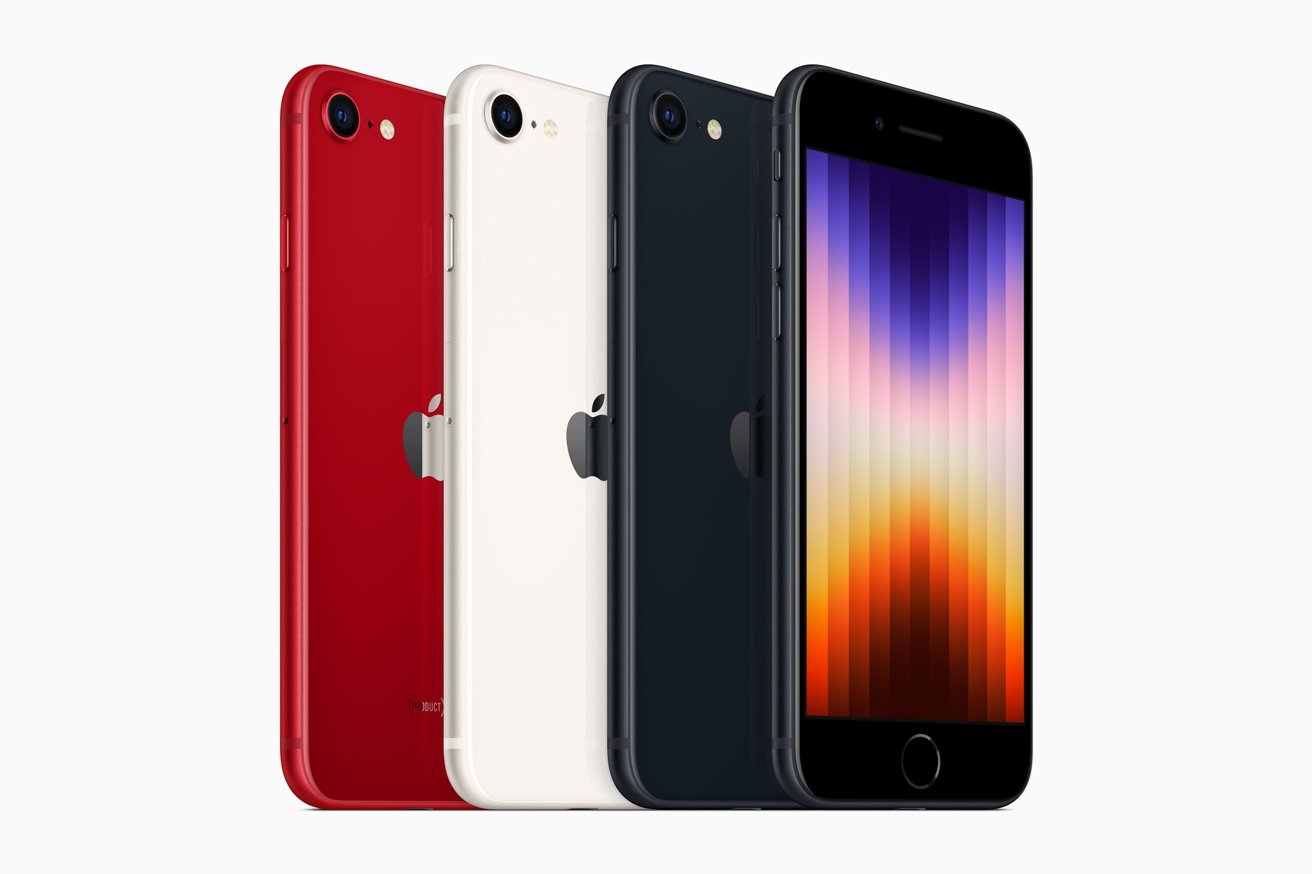
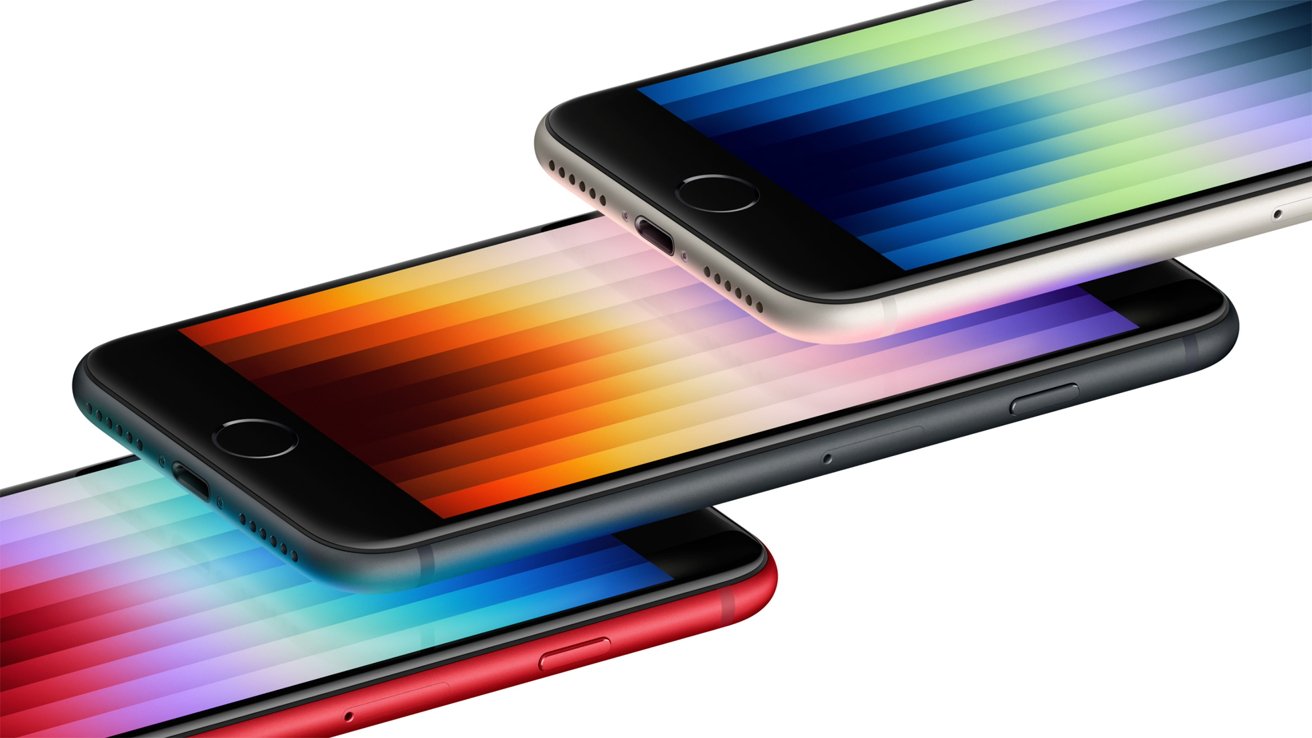
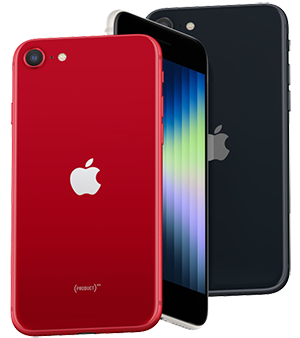
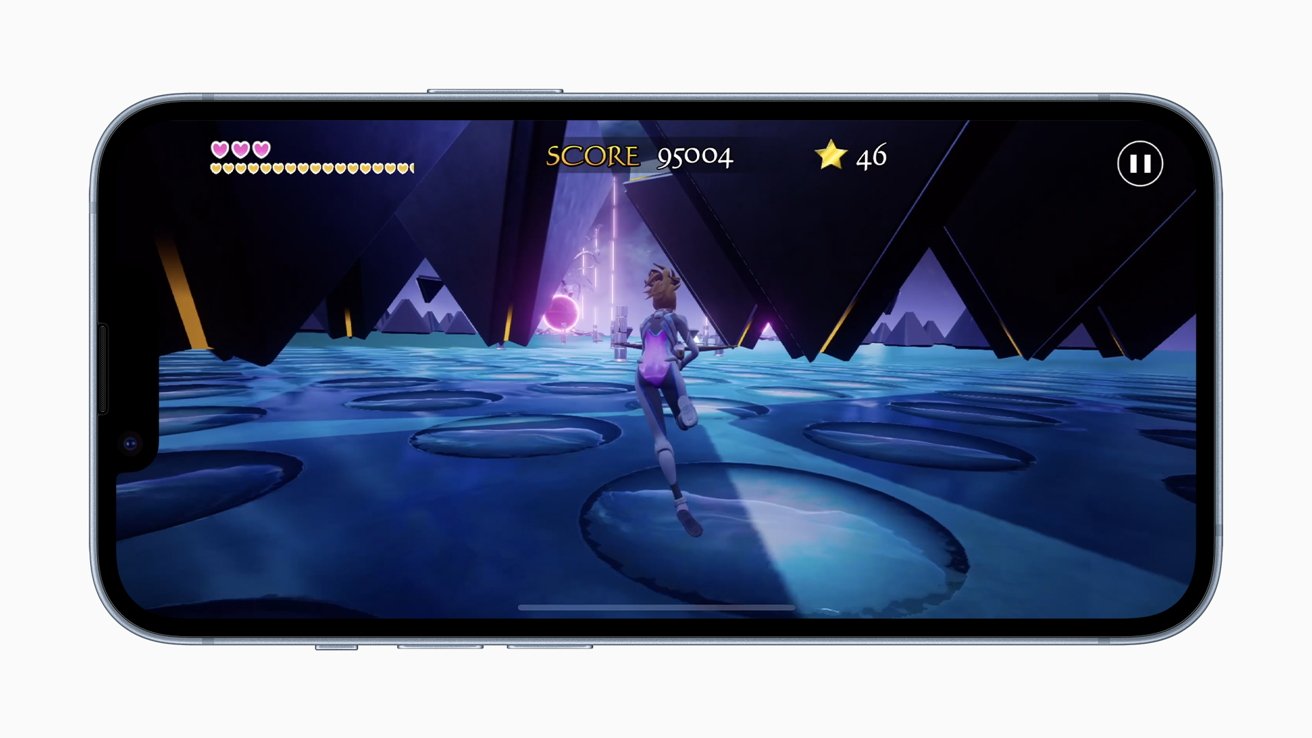
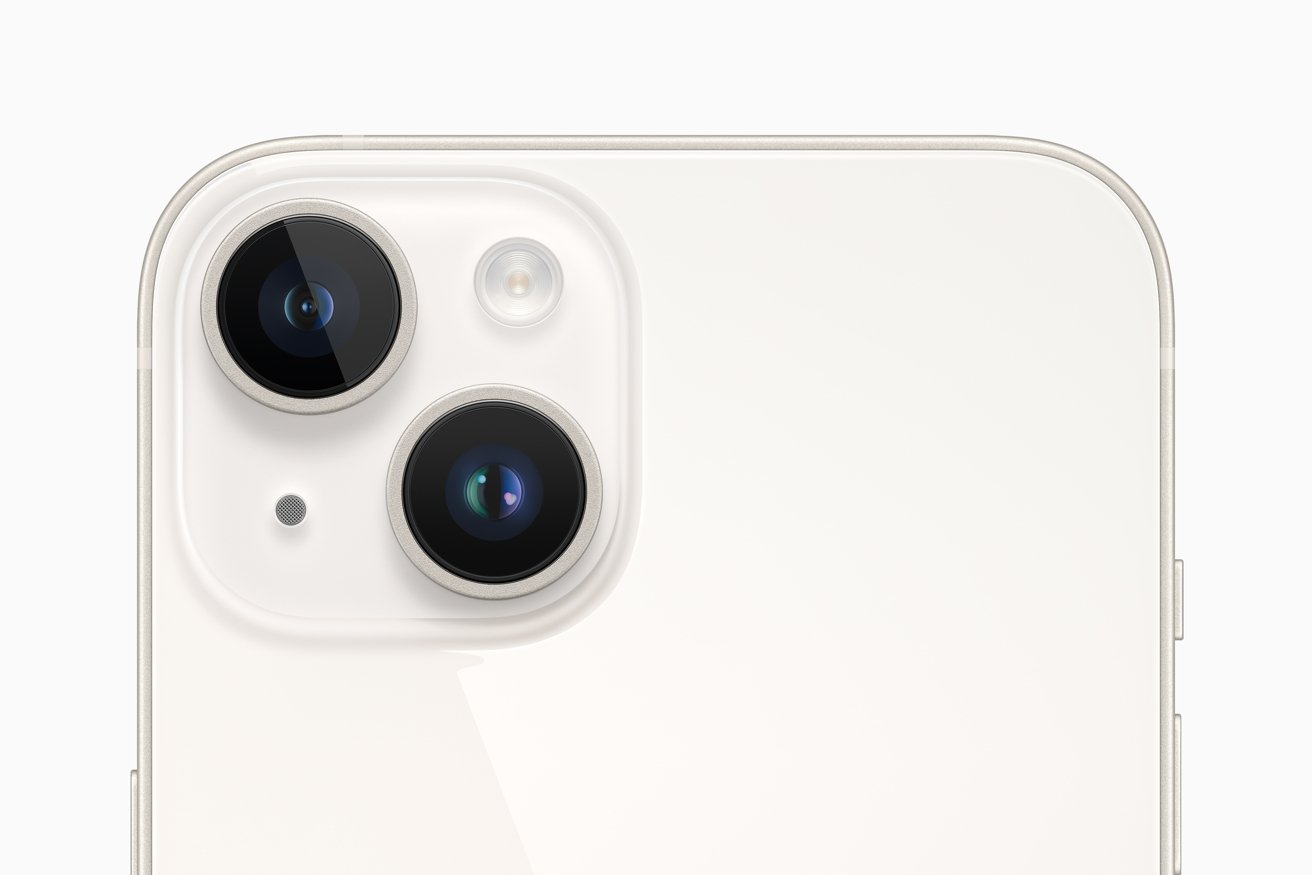
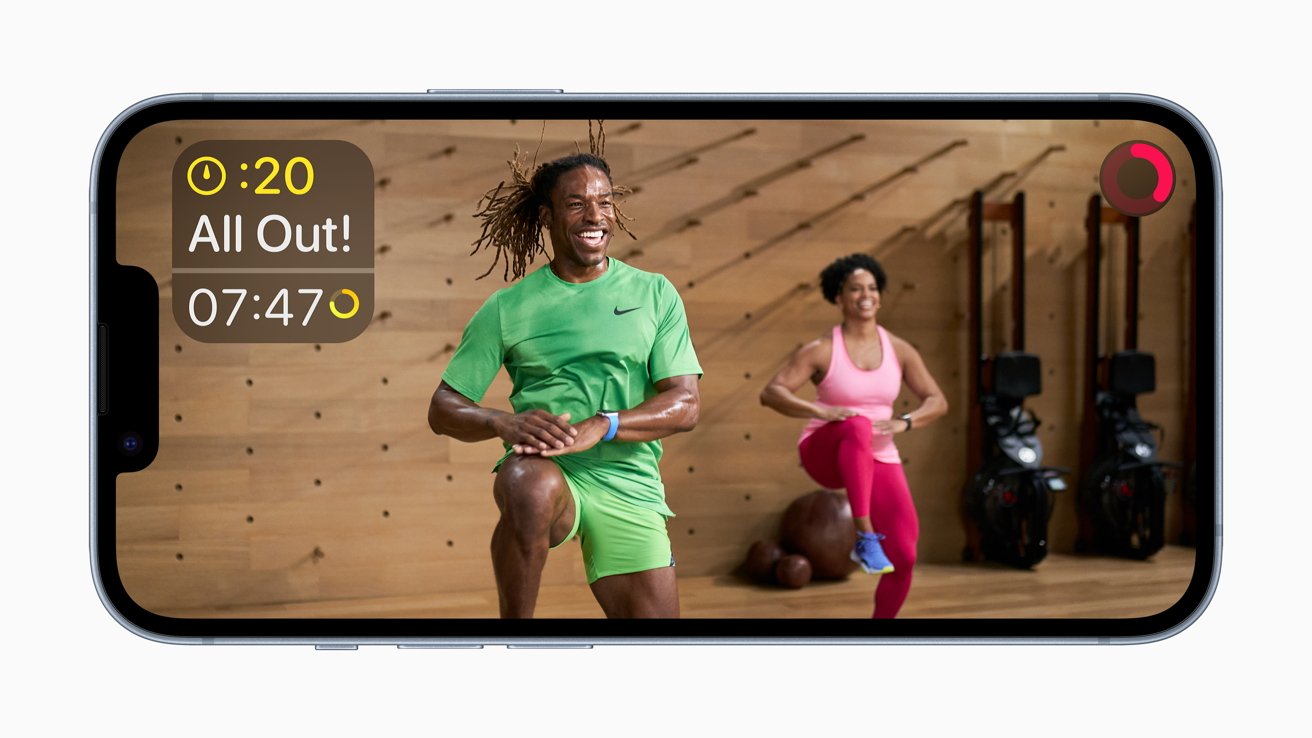
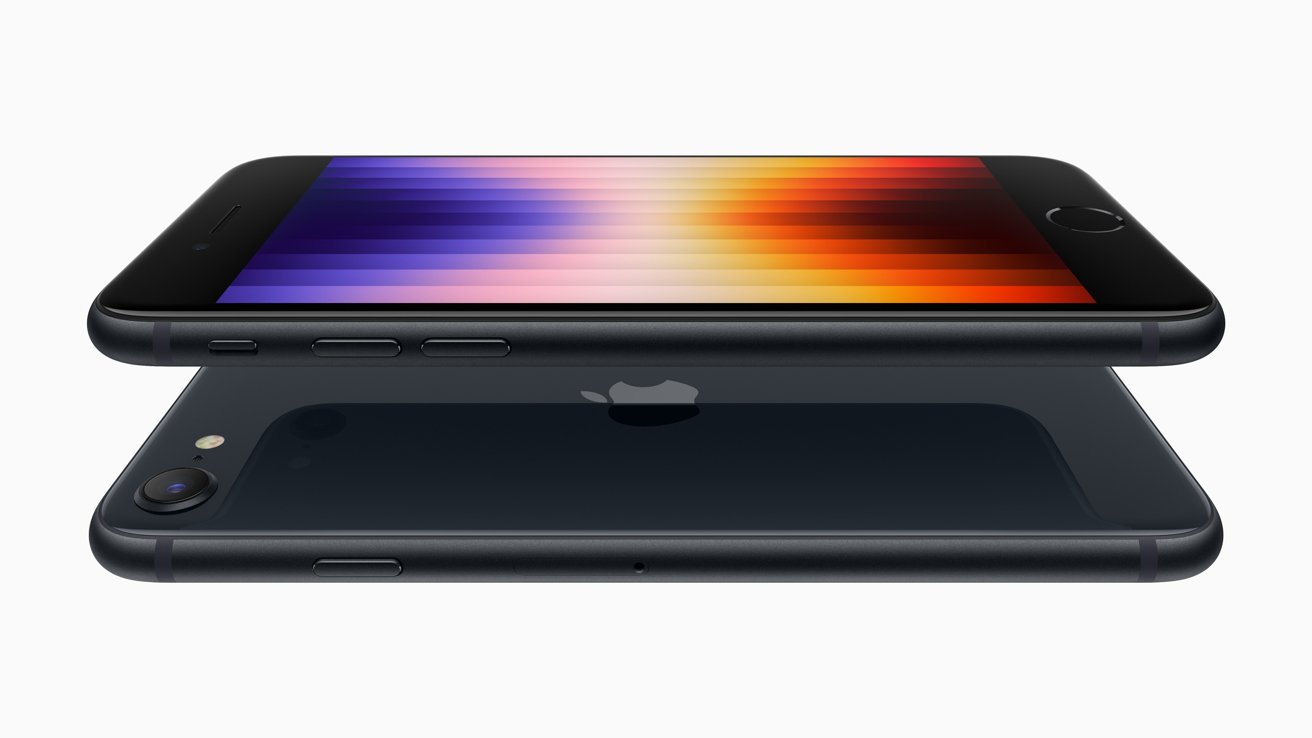

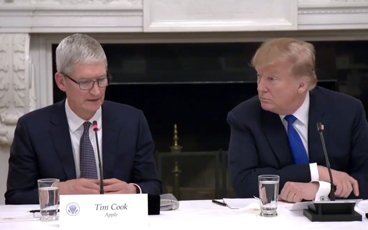
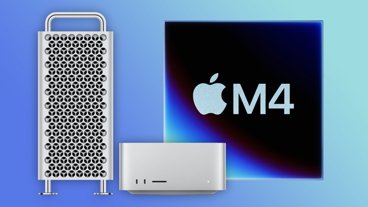
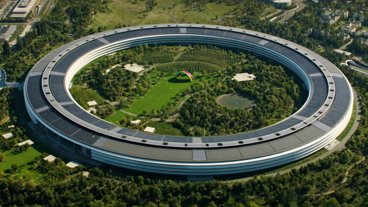
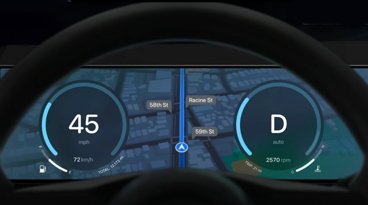

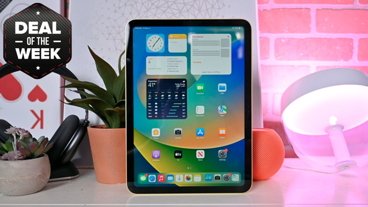
-m.jpg)





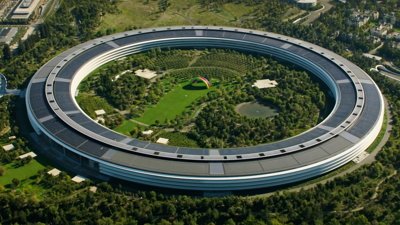
 Wesley Hilliard
Wesley Hilliard
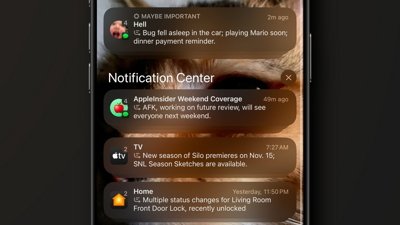
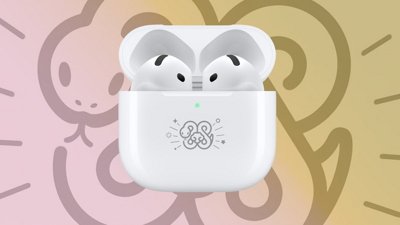

 William Gallagher
William Gallagher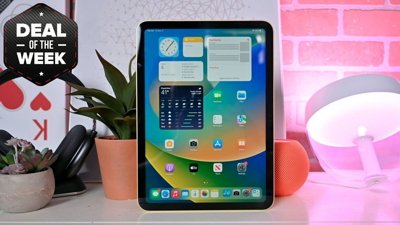
 Christine McKee
Christine McKee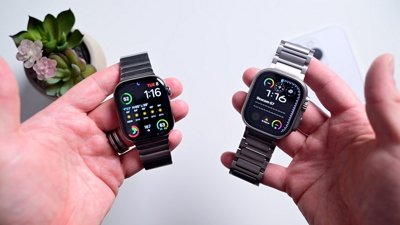
 Andrew O'Hara
Andrew O'Hara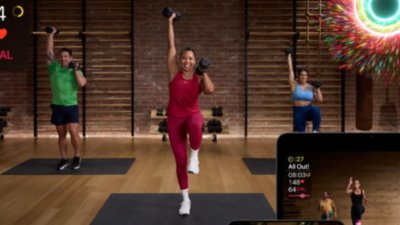
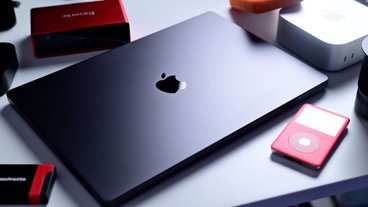

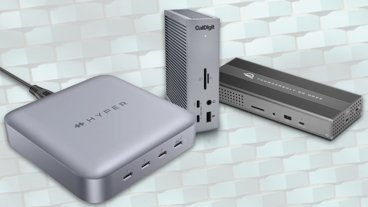





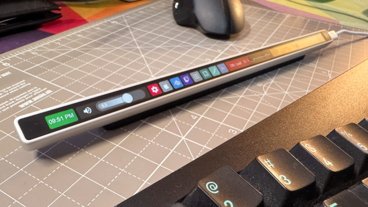

9 Comments
I’m probably going to say something unpopular, but I’m starting to wonder if Apple has too many models of phones available. Look, we have 4 new iPhone 14 models, yet only 2 screen sizes. Perhaps things would be easier for the consumer with a small, medium and large size screen ?
The main competitor to iPhone SE 3rd gen isn't iPhone 14. It is iPhone 12. One could argue that iPhone 12 is the competitor to iPhone 13 and 14 (not Pro) as well.
With iPhone 12 you get high-speed 5G, ceramic shield, Face ID, MagSafe support, Animoji, night mode, double lenses, 2 hours more on the battery, and edge-to-edge OLED + high res display as iPhone 14. None of them have ProMotion. And you get an A14 Bionic 5nm CPU which is 5-10% slower, which is something you won't notice in daily use. iPhone 12 continues to be much faster than any Android phone. All of that for less than $200 more than the SE.
You don't get crash detection, but your car might have, and the combined package of iPhone 12 + AppleWatch SE (with crash detection) is just $49 more than iPhone 14 without any watch. I get why IT departments are distributiing iPhone 12 to employees. There is a lot of value in that phone.
The 2022 iPhone SE does not support Apple’s new satellite communications.
I had the iPhone 6 (I felt coming from the 5S and going to a 6 Plus would be overkill) then went to the Plus size with the 6S. I actually like this SE cause it’s basically an up to date 8. I remember how light it was and still useable with one hand. I’ve been very tempted to buy one. And at $579…that’s much more reasonable than $1599!